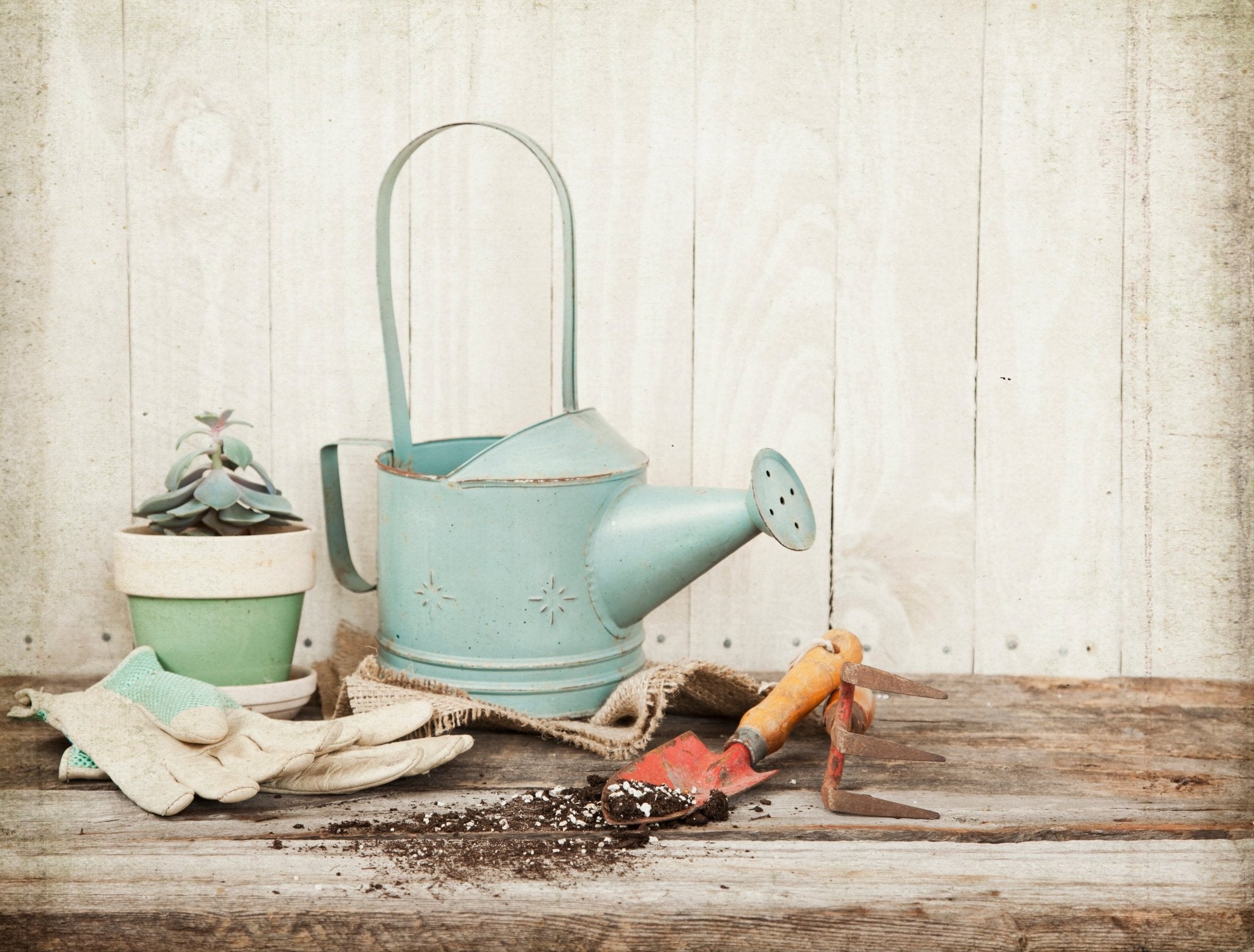
March Organic Gardening Chores
n
n
n
nn nn
nMarch is a very exciting month for organic gardening with the anticipation of a new growing season after a dark and cold winter. If you still have snow on the ground, get serious about planning. If you can get out there, there is plenty to do! Here is a chronological list of March garden chores.
n
Tags:
March is a very exciting month for organic gardening with the anticipation of a new growing season after a dark and cold winter. If you still have snow on the ground, get serious about planning. If you can get out there, there is plenty to do! Here is a chronological list of March garden chores.
They say March comes in like a lion and goes out like a lamb. Dodge the elements with planning and preparing, along with a little planting. By the end of the month, it will feel more like the gardening season is here. Be prepared! There will be even more activity in April! Stay tuned!








